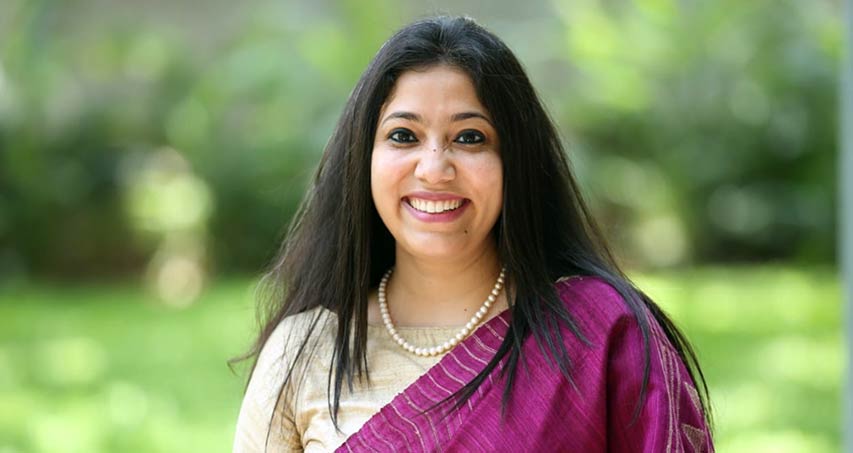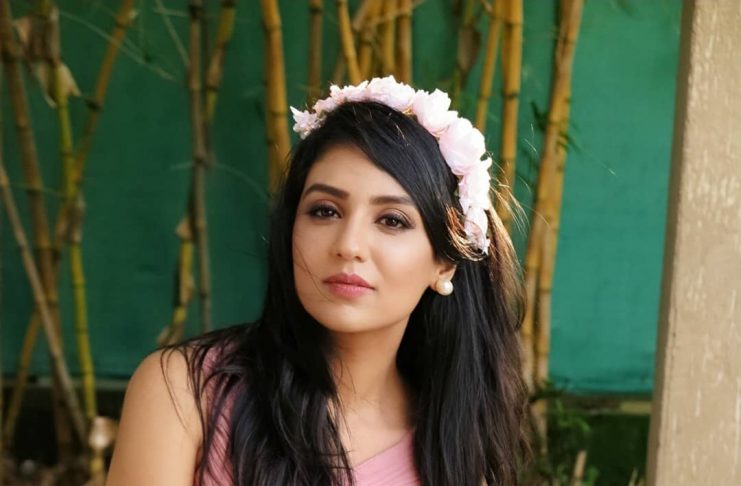Women have been playing a vital role in society by exhibiting the split personality role. Yes, it is correctly defined as a split personality role because they perform well in the household work, and efficiency is never hampered in some business.
Extensive Emphasis will be given on the women who are involving themselves in the craft industry and are coming up with flying colors. On the first note, we must understand the craft industry.
What is the craft industry?
Everything which is handmade and requires creativity comes under the craft industry. You can simply define it as a business model which is based on the production of handmade items. The output under the craft industry is all about manufacturing with tools that do not have any signs of automation. If we talk about advanced economies, the craft is defined as the work done by a skilled artisan or trade person.
Now when you understand the concept of the craft industry, you need to know particular examples of the same.
Examples of the craft industry
There are many examples that we can compile under the category of the craft industry, some of which are listed below.
- Craft beer
- Baked goods
- Artisanal foods
- Textiles
- Clothing
- Jewelry
- Decorative art pieces
- traditional craft items
- Prototypes and models
- Papercraft and paper making
- Printmaking
- Woodcraft
- Toys
- Reusable items
There are many more branches of this industry where women have shown tremendously great work, which is worth a big applaud. In the further stages of this article, you will read about their contribution in detail.
Contribution of women in the craft industry
First of all, we must know about five famous women of India who have done wonders in the craft industry. So here are five stories of Indian women who worked day and night in this industry.
Avipsha Thakur
She is the founder of Bunavat, a for-profit social enterprise responsible for making contemporary sarees through traditional, sustainable weaves. Avipsha Thakur was 33 years old when she took up the entrepreneurial hold of Bunavat. Gradually, the start-up became so popular that 11 Indian states could now sell sarees of different types on the platform of the E-commerce website of Bunavat.
Shilpi Sharma and Satya Nagarajan
The duo of mothers was first finding it difficult to afford high-quality clothes for their children, so they thought of initiating a project that day started with just 25000 rupees and named as Indie Project Store (IPS). Their start-up made sure that the buyers can get clothes for the children starting from rupees 300 to 2500 rupees. An eCommerce website which they just started with an investment of 25000 rupees grew up to a profit of 38 lacs each year. The ladies observed the start-up to grow 15% every year since the inception of the start-up.
Surbhi Agarwal
She was the one who dropped her family business of running a Speciality Hospital in Jodhpur and pursued her passion which she named The Art Exotica. At a very young age, she observed that there are entrepreneurs who do not value the efforts of rural artisans and do not make them a part of their profit whenever they sold products in the foreign market. She stood up for them and started with an investment of twenty-seven thousand rupees only. She employed rural artisans and initiated Finance education for them so that they produce sustainably. Her products are now sold in various countries like New Zealand, France, Canada, etc. Her business is a part of the big B2B model now.
Vanshika Gupta
She is the one who identified Suf as one of the emerging opportunities for rural artisans. The start-up recognized the painstaking efforts of rural artisans and released their first embroidered saree range called Navajo. Vanshika presented the small business that she started in the village of Kutch in the Amazon Fashion Week. During the covid-19 pandemic situation, the start-up took the responsibility of manufacturing embroidered masks sold into the market for 200 rupees to 1000 rupees. The launch of her label is scheduled for the first week of August 21.
Sugandha Kedia
She was the girl who fascinated weaved sarees and shawls since her childhood. Sugandha is a former employee of Zoom and NDTV. When she grew up and got married, she had a lot of time to invest in a start-up, Dusala. She began out of her fascinations and started hiring people from rural areas to manufacture and weave the sarees and show that she was fascinated. She started selling them in the market, and to date, her sarees and shawls are being sold in the market, and the price ranges from 2500 rupees to 10 lakh rupees. Various Bollywood stars are now wearing har products like Dia Mirza, Karishma Kapoor, etc.
All of the ladies mentioned above have done wonders in the craft industry, thereby making India a proud country globally. Some unidentified art forms were being popular in the world and were being originated in India due to the efforts of women in this sector.
Talking about the numbers as per the statistics
The PACI statistics, which is wholly based on the gender of the people who are indulged in craft activities, clearly show that there are fewer men in the craft industry. Various studies show the role of women in the industry and the way they are presenting the Indian Heritage and Culture for a long time now. These crafts are time taking and require a huge amount of effort. Some of them are even painstaking, like silversmithing and pottery.
In such Industries, it is shown that 19 out of the 20 craftspeople are women. Suppose you check out the industries where PACI has its hold. In that case, we will come to know that women form the society by a majority of 66% of the total craftspeople and are currently working actively in all the Craft Centres.
During the time that women have started dominating the craft industries, there are many changes that we, being the responsible citizens of the society, can witness in the sector. Some examples of such revolutions are silver jewelry, the pottery industry, traditional Omani weaving, and many more. These evolutions did nothing but gave women a special place in the industry. Women do have a sixth sense of the alterations made in terms of size, expression, production line, functionality, and the amendments to be done in the patterns.
After extensive research on women’s role in the craft industry in India and worldwide, we can see the controversy between the people that women are taking advantage of free dominance and why the mode of craft industry is to get more recognition. Investigations are being made to clarify the factor and bring forward the domination factors that make the women take advantage of predominant in the craft industry. But due to this, a lot of social and anthropological impact is being laid on the image of women in society.
The final takeaway
Society has accepted women as a predominated sector in the Craft industry of India, where they are making all the efforts that they can to make the community a better place for them. They don’t even think twice about doing a measure that could change humanity, thereby a revolution in the long run in the craft industry.
In a country like India, women cannot make a significant investment and start a business under women’s responsibilities. In all the case studies that we have mentioned earlier in the article, it has been witnessed that they started with a small investment as they were not allowed to invest a significant amount in a business as people believe that a woman can’t start a business. She is proving them wrong each day that passes by and is leading the craft industry with flying colors.
In the end, I would like to add my opinion here, “She is not given money, she is not given any platform. She generates her revenue and builds her platform and an enormous empire in the later stages.” I wonder how capable she would be if she is armed with the initial investment and a big platform to exhibit her talent and skills. All that poles are behind is the male-dominated society that creates controversies whenever she tries to step out.







